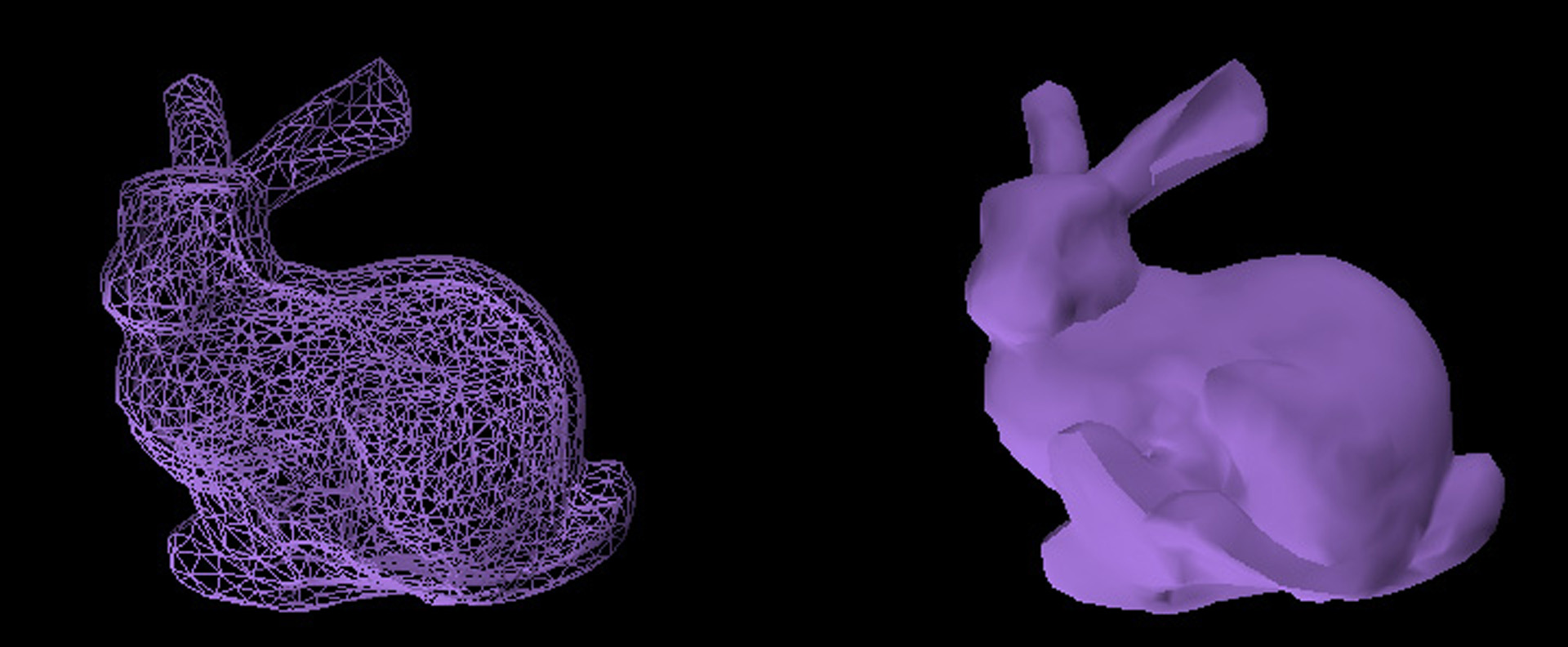“Modal analysis for real-time viscoelastic deformation” by Shen, Hauser, Gatchalian and O’Brien
Conference:
Type(s):
Interest Area:
- Application
Title:
- Modal analysis for real-time viscoelastic deformation
Session/Category Title: Physical Simulation
Presenter(s)/Author(s):
Abstract:
This technical sketch describes how a standard analysis technique known as modal decomposition can be used for real-time modeling of viscoelastic deformation. While most prior work on interactive deformation has relied on geometrically simple models and advantageously selected material parameters to achieve interactive speeds, the approach described here has two qualities that we belive should be required of a real-time deformation method: the simulation cost is decoupled from both the model’s geometric complexity and from stiffness of the material’s parameters. Additionally, the simulation may be advanced at arbitrarily large time-steps without introducing objectionable errors such as artificial damping.
References:
1. Maia, N. M. M., and Silva, J. M. M., Eds. 1998. Theoretical and Experimental Modal Analysis. Research Studies Press, Hertfordshire, England.
2. O’Brien, J. F., and Hodgins, J. K. 1999. Graphical modeling and animation of brittle fracture. In Proceedings of SIGGRAPH 99, 137–146.
3. Pentland, A., and Williams, J. 1989. Good vibrations: Modal dynamics for graphics and animation. In Proceedings of SIGGRAPH 89, 215–222.
4. Wu, K., and Simon, H. 1999. TRLAN user guide. Tech. Rep. LBNL-42953, Lawrence Berkeley National Laboratory.




